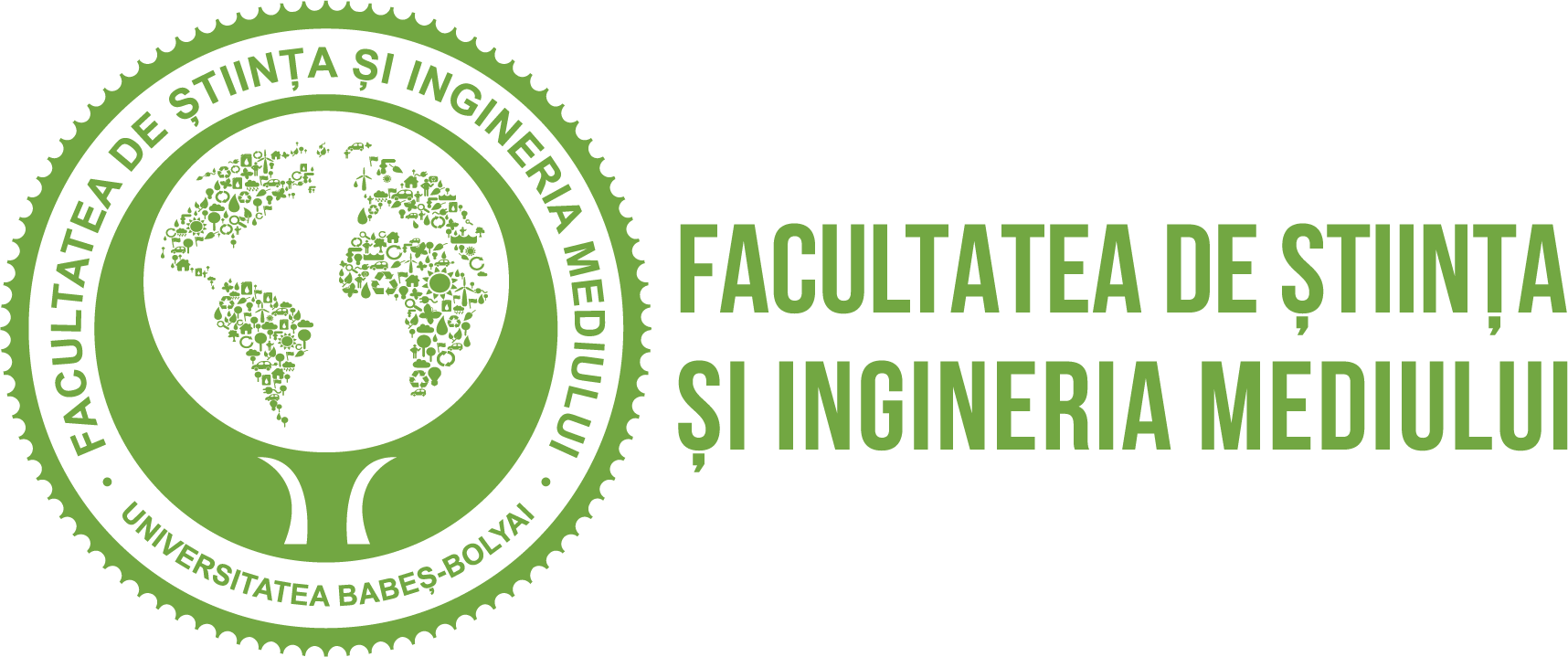Decision support system based on a near real time atmospheric hazardous particles monitoring
FUNDING:
Funded by the Executive Agency for Higher Education, Research, Development and Innovation Funding (UEFISCDI) by the PNIV Human Resources Program, subprogram “Research projects for stimulating young independent teams (TE)”.
PROJECT DURATION:
2025–2027
PROJECT DIRECTOR:
Assoc. Prof. Nicolae Ajtai, PhD
PROJECT DESCRIPTION:
The scope of this project is to develop a knowledge graph-driven decision support system for hazardous atmospheric particles relying on multiple atmospheric aerosol data sources coupled with hazard assessment techniques based on domain-specific knowledge and associated semantic technology to facilitate data harmonization, data-knowledge alignment and automated reasoning.
This will be achieved through a multidisciplinary approach that transfers domain expertise about hazards related to atmospheric aerosols to a knowledge engineering effort based on the knowledge graph technological paradigm.
EXPECTED RESULTS:
- The DSS created will support the local, regional, and national authorities and a permanent connection will be maintained between UBB and stakeholders, for the system to offer the necessary functionalities. The system has a wide applicability, the currently identified stakeholders being the General and county level inspectorates for emergency management, environmental protection agencies, meteorological agencies, aeronautical services, Romanian Air Traffic Agency, economic operators, volunteering organisations etc. The system will be used by the aeronautical meteorological services, for the rapid identification of critical events (hazardous long range (cross-border) particle intrusions, reduced visibility, Saharan or volcanic dust intrusions) near airports and by the environmental protection agencies for the determination of increased levels of toxic compounds concentrations in the atmosphere and estimations of their expected dry and wet deposition.
- Stakeholders from industry and environmental agencies and the public will have access to NRT information regarding airborne hazardous particles based on source information (also long-range transport), along with a more accurate forecast of individual events. Stakeholders from aviation, agriculture, weather forecast etc. will be able to visualize the atmospheric structure at any moment (aerosol layers, dynamics, aerosol loads), therefore improving forecasts/nowcasts based on NRT data.
- By implementing this project, the UBB team will increase their visibility and new collaborations and research proposals will be developed (HORIZON Europe, ESA calls, PN-IV), therefore improving also the international visibility of the host institution and of the project members.

